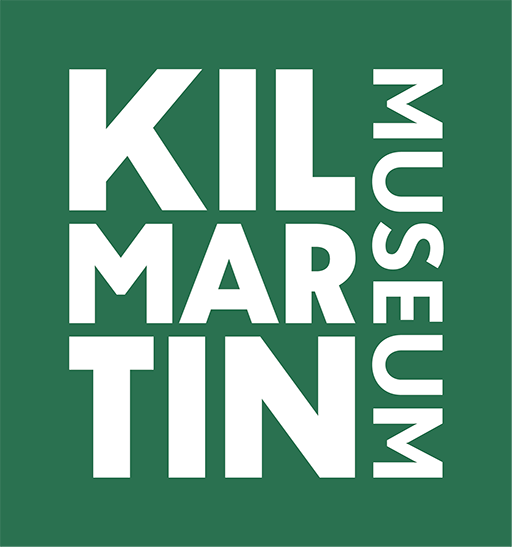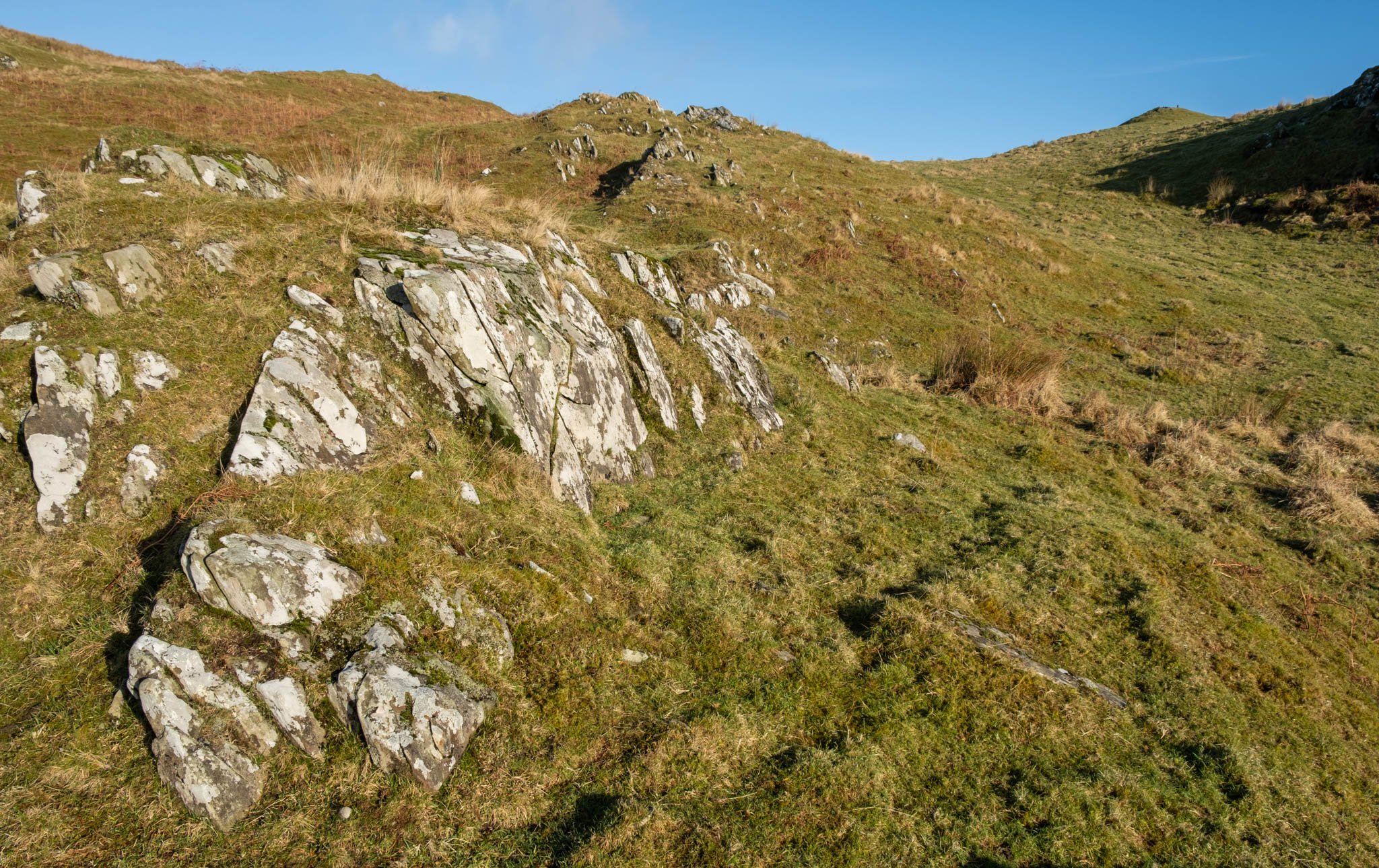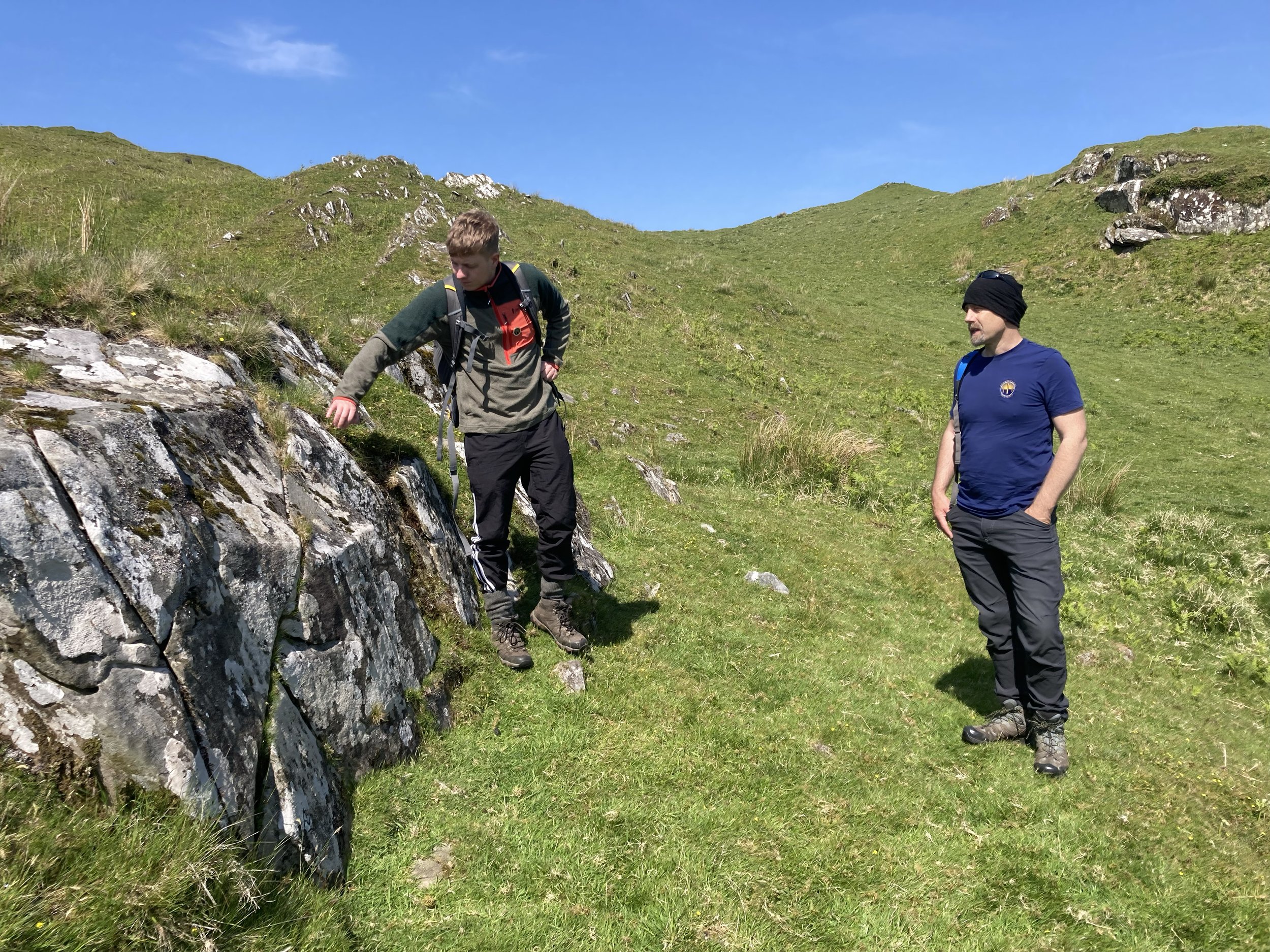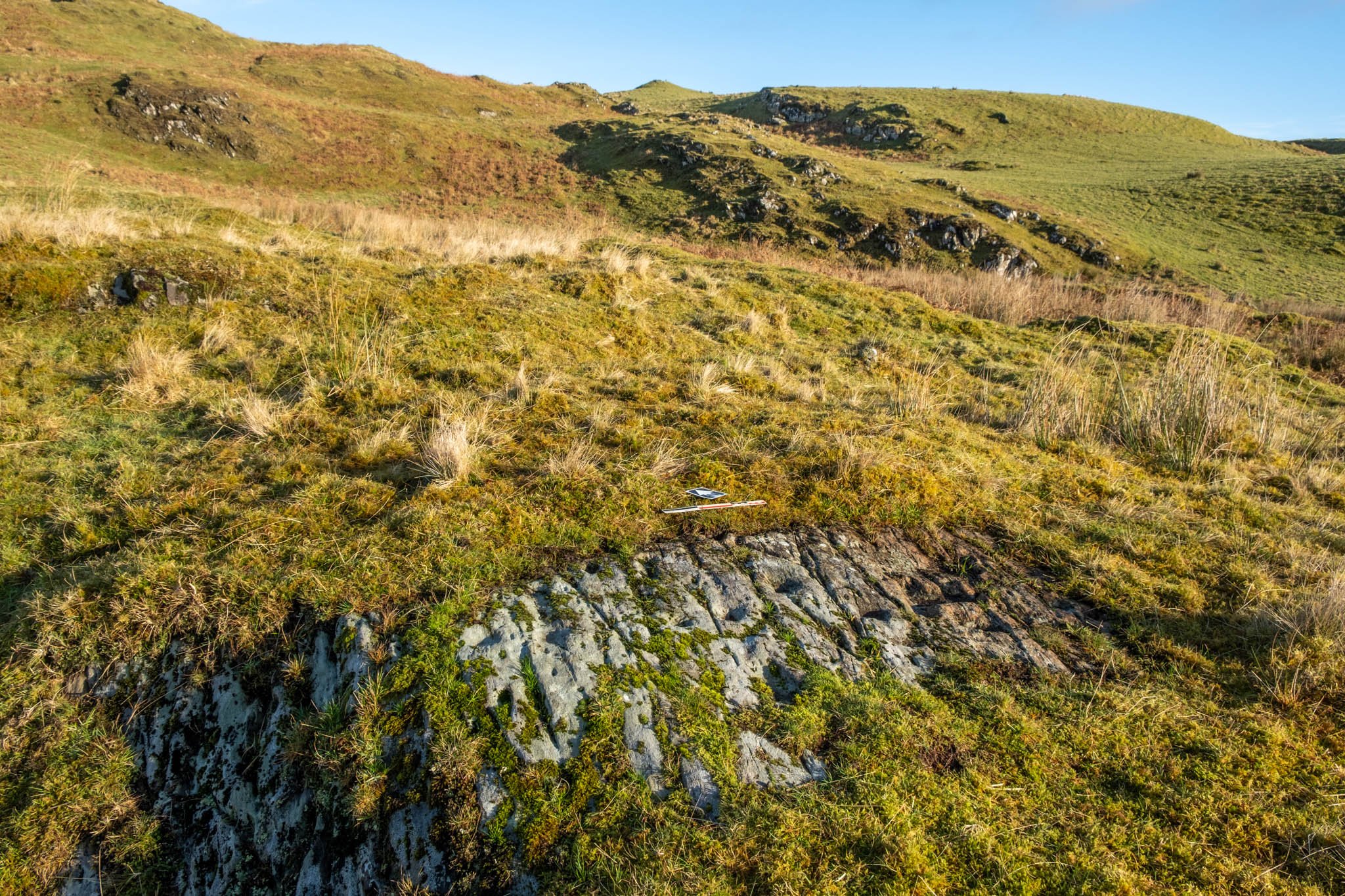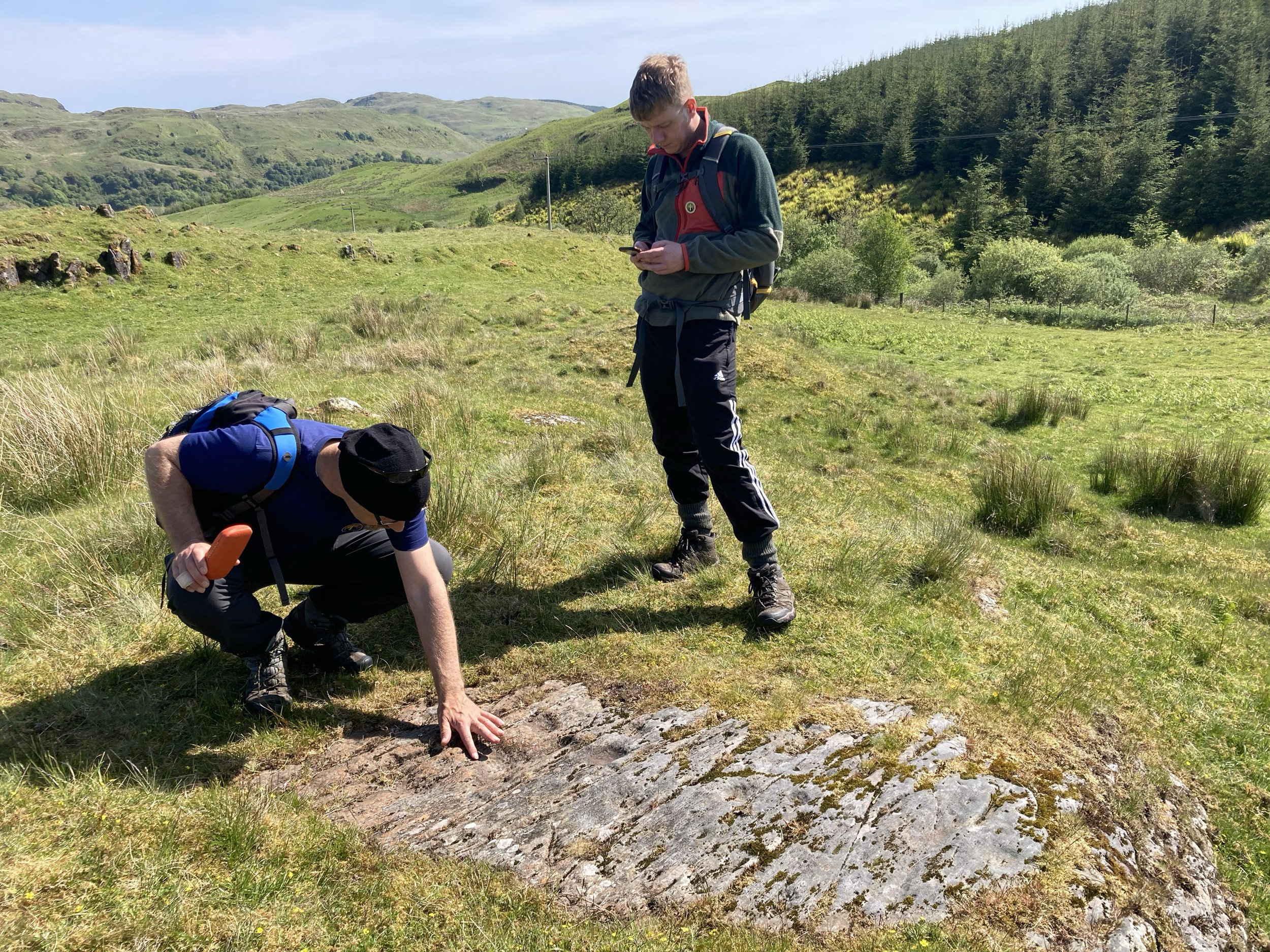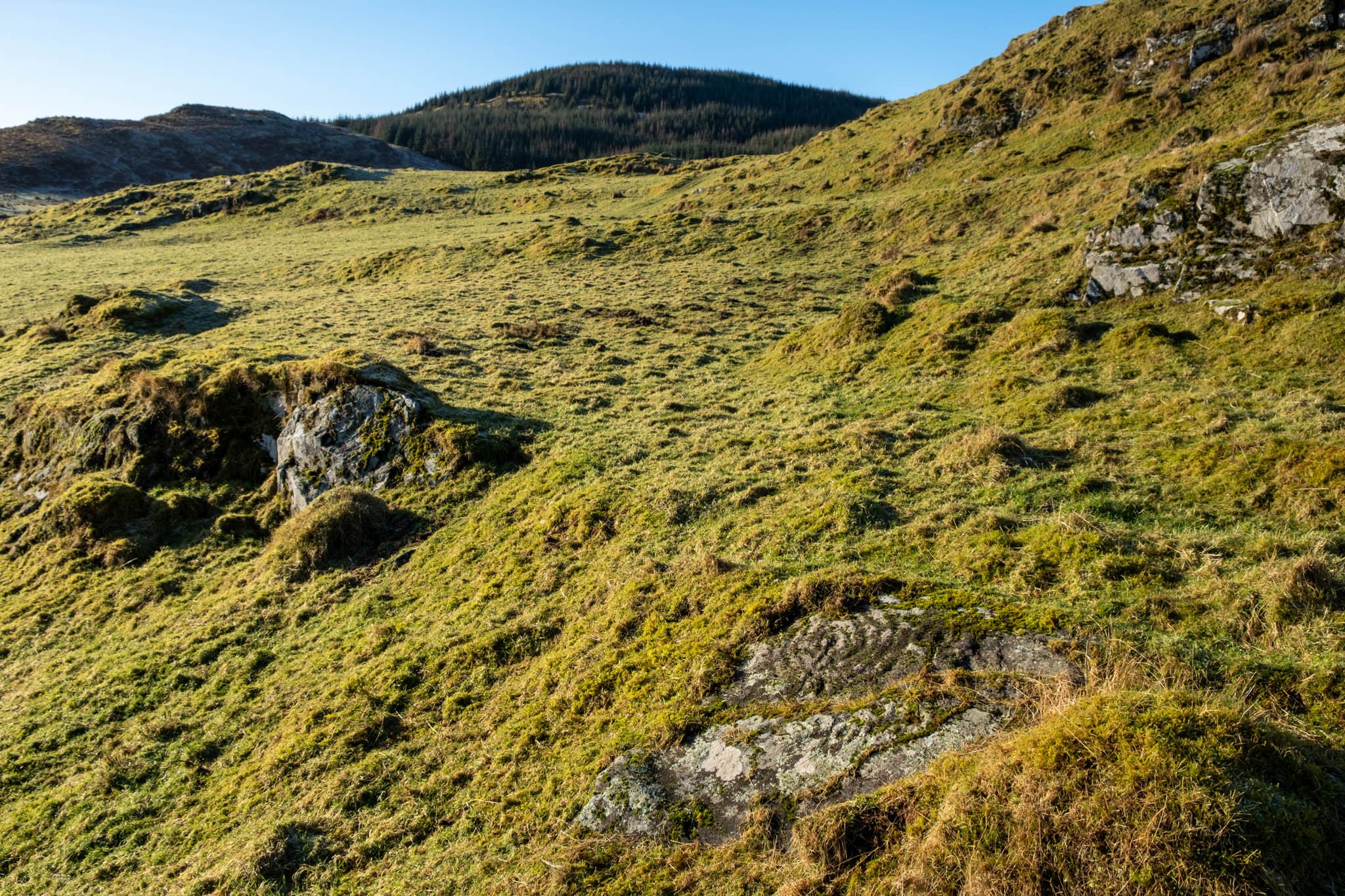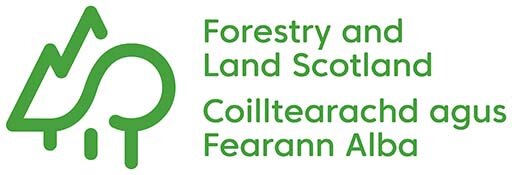Carnasserie Rock Art Excavation 2023
Why excavate rock art?
During the Neolithic and Bronze Age, people created thousands of carvings upon rocky outcrops across Kilmartin Glen. The majority are composed of dots, circles and lines, known as cup and ring markings. They range from modest clusters of cup marks (circular hollows) to complex designs, including some of Scotland's largest and most elaborate rock art panels.
Rock art in the Kilmartin area is part of a wider phenomenon. Similar carvings are found across Scotland, northern England, Wales and Ireland. But why did people go to all the effort of creating these symbols, exactly how old are they, and what did they mean? These questions have been asked since rock art was first recognised over a century ago, and hundreds of explanations have been proposed.
Cup and ring markings have often been studied, quite literally, as symbols set in stone. Emphasis has been upon recording and illustrating the markings, rather than considering their wider context. While this has resulted in a fantastic visual record, it led to carvings being considered in isolation from the wider landscape. Rock art in the landscape has also proven to be notoriously difficult to date. Fortunately, recent decades have seen fresh approaches to fieldwork and recording, transforming understandings.
Between 2004 and 2009, excavations at the nearby Torbhlaren (undertaken by the University of Southampton) and Ormaig (Kilmartin Museum/University of Southampton) revealed incredible insights into the creation and use of rock art.
Above: Excavations in progress at Torbhlaren in 2007 (Photo: Aaron Watson)
Above: Excavations at Ormaig in 2007 (Photo: Aaron Watson)
These sites revealed hammerstones that people in prehistory had used to carve the rocks. At Torbhlaren, thousands of pieces of broken quartz and modest quantities of worked flint and Arran pitchstone were also found. These findings transformed understanding because they emphasised the means by which rock art had been made. They are a crucial reminder that the symbols we see on the rocks came into existence through deliberate and sustained actions that would have produced dust and percussive sound. The use of quartz is intriguing since this material has distinctive properties. Its semi-translucent crystals sparkle when they catch the light, and produce an eerie glow when struck together in the dark.
Above: A quartz hammerstone from Torbhlaren (Photo: Aaron Watson)
Above: Fractured quartz discovered at Torbhlaren (Photo: Aaron Watson)
Rock art is incredibly difficult to date, and Torbhlaren is one of the few rock art sites in the landscape to have produced radiocarbon dates. These suggest that the cup and ring markings were made there through the Later Neolithic and the Bronze Age (c.3000 to 1200 BC).
Excavations elsewhere in Scotland and northern England have also added fresh, and often unexpected, insights into rock art. But many questions remain! Given the abundance of rock in the Kilmartin area and its proximity to other kinds of monuments, further investigations are essential. Indeed, the Regional Research Framework for Argyll has identified rock art as a key subject for research:
“How does cup-and-ring rock art fit into our overall understanding of the nature of society, beliefs, and external contacts in Argyll and Bute? Currently it tends to be studied in its own right, but it needs to be situated within Late Neolithic practices (and more dating evidence for its creation is needed)”
Would you like to take part?
The fieldwork will provide opportunities for wider participation, including student placements, volunteering, training in archaeological excavation, and a programme of outreach activities and events for schools.
Would you like to visit the Excavations?
The excavations will have an Open Day on Saturday 23rd September. Places are limited and booking is essential. Please click on the button below for further information.
